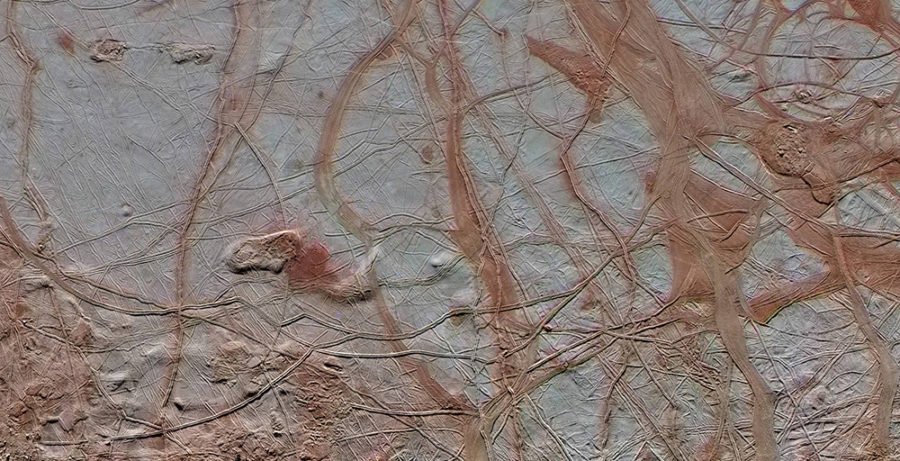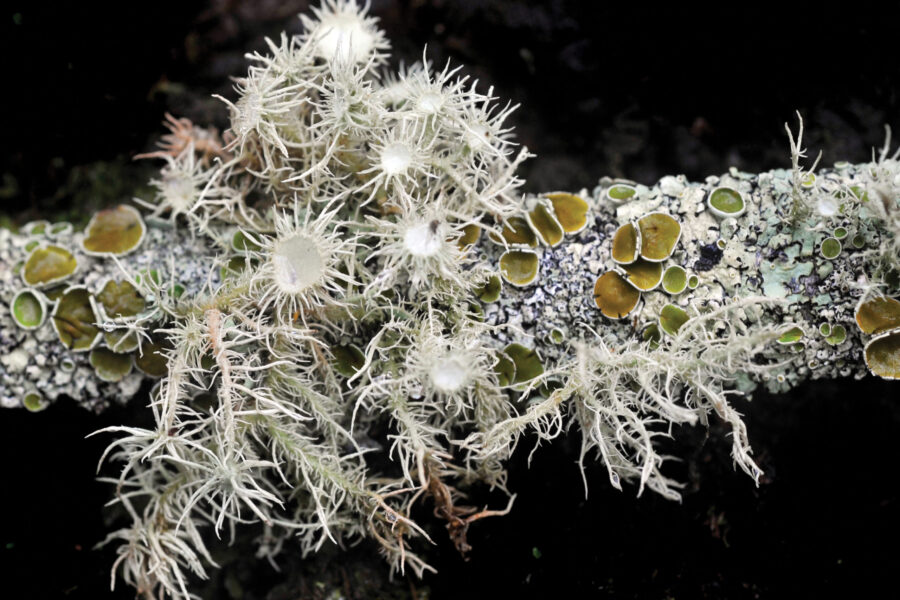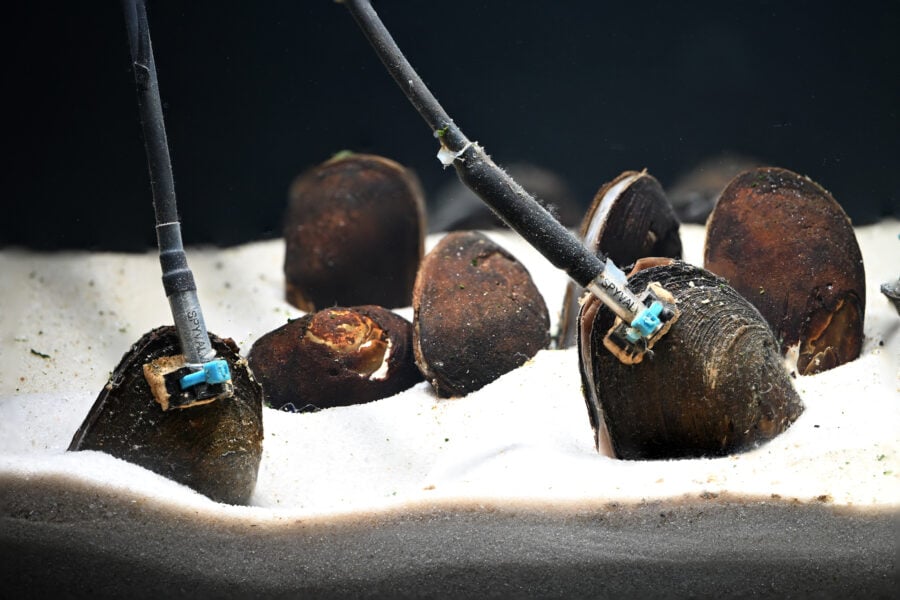Europa’s ocean may have Earth-like chemical balance

THE NECESSARY BALANCE of chemical energy for life could exist in the oceans of Jupiter’s moon Europa, even if the moon lacks volcanic hydrothermal activity, according to new NASA modelling.
Europa is strongly believed to hide a deep ocean of salty liquid water beneath its icy shell. But whether that ocean has the raw materials and chemical energy in the right proportions to support life is a topic of intense scientific interest – and the answer may hinge on whether Europa has environments where chemicals are matched in the right proportions to power biological processes.
RELATED: Alien oceans, what lies beneath
In the new study, published online this week in the journal Geophysical Research Letters, scientists at NASA’s Jet Propulsion Laboratory (JPL) in California compared Europa’s potential for producing hydrogen and oxygen with that of Earth, through processes that do not directly involve volcanism – which researchers have previously thought of as crucial for creating a habitable environment.
The balance of hydrogen and oxygen is a key indicator of the energy available for life, and the study found that the amounts on Europa would be comparable to Earth in scale: on both worlds, oxygen production is about 10 times higher than hydrogen production.
“We’re studying an alien ocean using methods developed to understand the movement of energy and nutrients in Earth’s own systems,” explained Steve Vance, a planetary scientist at JPL and lead author of the study. “The cycling of oxygen and hydrogen in Europa’s ocean will be a major driver for Europa’s ocean chemistry and any life there, just as it is on Earth.”
The researchers calculated how much hydrogen could potentially be produced in Europa’s ocean through a chemical reaction that occurs when seawater filters through rocks on the seafloor.
The other half of the chemical-energy-for-life equation would be provided by oxidants (oxygen and other compounds that could react with the hydrogen) being cycled into the Europa’s ocean from the icy surface above.
On this front, scientists know that Europa is bathed in radiation from Jupiter, and that this splits apart water-ice molecules to create oxidants. They can therefore infer that Europa’s surface is being cycled back into its interior, which could carry oxidants into the ocean.
“The oxidants from the ice are like the positive terminal of a battery, and the chemicals from the seafloor, called reductants, are like the negative terminal,” explained Kevin Hand, a planetary scientist at JPL who co-authored the study. “Whether or not life and biological processes complete the circuit is part of what motivates our exploration of Europa.”
The NASA researchers hope to also understand the cycling of life’s other major elements in the ocean: carbon, nitrogen, phosphorus and sulfur.
NASA is currently formulating a mission to explore Europa and investigate in-depth whether the icy moon might be habitable.
This latest research is part of a large body of evidence guiding the mission’s development. Some time in the 2020s, NASA plans to send a spacecraft into a long, looping orbit around Jupiter to perform repeated close flybys of Europa. During these flybys, the mission would take high-resolution images; determine the composition of the icy moon’s surface and faint atmosphere; and investigate its ice shell, ocean and interior.
Source: NASA




